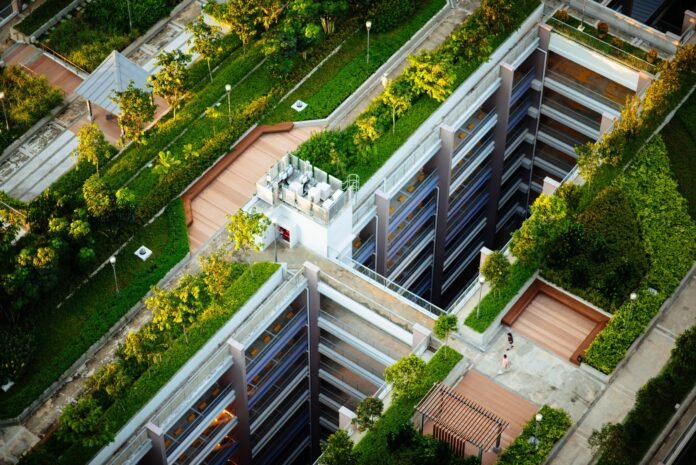In an era marked by environmental awareness and a growing concern for sustainability, the construction industry plays a pivotal role in shaping a greener future. In this article, we will explore practical solutions for sustainable construction, highlighting key strategies and technologies to minimize environmental impact and maximize efficiency.
The Importance of Sustainable Construction

Sustainable construction aims to reduce the environmental footprint of buildings throughout their lifecycle, from design and construction to operation and demolition. By incorporating eco-friendly materials, energy-efficient systems, and innovative technologies, sustainable buildings not only benefit the environment but also offer economic and social advantages.
Key Strategies for Sustainable Construction
1. Material Selection
Choosing sustainable building materials is fundamental to green construction. Opt for materials that are renewable, recycled, or locally sourced to minimize energy consumption and reduce greenhouse gas emissions associated with transportation. Additionally, prioritize materials with low volatile organic compound (VOC) emissions to improve indoor air quality.
2. Energy Efficiency
Integrating energy-efficient systems and design strategies can significantly reduce a building’s energy consumption and carbon footprint. Consider incorporating features such as high-performance insulation, energy-efficient windows, LED lighting, and solar panels to minimize energy use and lower utility costs over time.
3. Water Conservation
Water scarcity is a growing concern worldwide, making water conservation a crucial aspect of sustainable construction. Implement water-saving fixtures, such as low-flow toilets and faucets, and incorporate rainwater harvesting systems to capture and reuse rainwater for landscaping and non-potable applications.
4. Waste Management
Effective waste management practices are essential to minimize construction waste and divert materials from landfills. Prioritize waste reduction through careful planning, reuse materials whenever possible, and recycle construction debris to ensure that valuable resources are not wasted.
Technological Innovations in Sustainable Construction
1. Building Information Modeling (BIM)
BIM technology enables architects, engineers, and contractors to create digital representations of building projects, allowing for more efficient planning, design, and construction. By simulating various design scenarios and analyzing environmental performance data, BIM helps optimize building layouts and systems for enhanced sustainability.
2. Prefabrication and Modular Construction
Prefabrication and modular construction methods involve manufacturing building components off-site in controlled factory conditions before assembling them on-site. These approaches minimize material waste, reduce construction time, and improve quality control, making them highly suitable for sustainable construction projects.
3. Smart Building Systems
Smart building systems leverage sensors, automation, and data analytics to optimize building performance and occupant comfort. By monitoring energy use, indoor air quality, and occupancy patterns, these systems can dynamically adjust lighting, heating, and cooling to maximize efficiency and reduce environmental impact.
Conclusion
Greening your space through sustainable construction practices is not only an ethical choice but also a smart investment in the future. By prioritizing eco-friendly materials, energy efficiency, water conservation, waste management, and leveraging innovative technologies, we can create buildings that are not only environmentally responsible but also healthy, efficient, and resilient.













